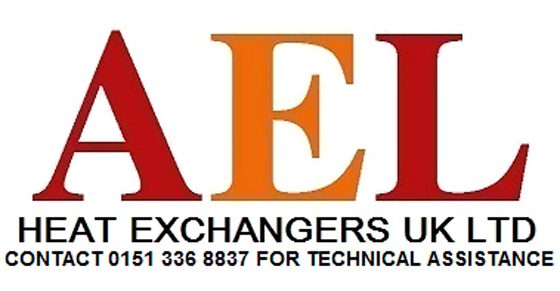LOW SURFACE TEMPERATURE RADIATORS AND COVERS
Low Surface Temperature Radiators are designed to help vulnerable people avoid radiator burns while providing adequate heating for your room. It is important that installers and Architects are aware of low surface temperature radiators – LST – technology which provides safe space heating in public buildings that provide education and healthcare services.
A typical radiator allows hot water to circulate through it emitting heat into the surrounding area. As the heat is given out through the wall of the radiator, the hot water cools down and then leaves the radiator out through an exit pipe / valve.
The hot water for each radiator is generated from a boiler, and circulated by pumps via pipe work through radiators within the building. The pre set temperature of the water is relative to the surface temperature of the radiator which is set from a controller at the boiler. The surface of a radiator can get up to around 70°C if not controlled which is hot enough to cause an injury and why we need low surface temperature radiators.
When water is in excess of 43 °C there is a high risk of burning and even fatalities to the elderly, people with mental illness or learning disabilities and children who cannot react appropriately or quickly enough to escape injury. At a water temperature of 70°C, people will receive partial thickness skin burns in approximately 0.7 of one second – and full thickness burns in 10 seconds.
A survey funded by the Department of Trade and Industry and managed by the Royal Society for the Prevention of Accidents found that 1,970 people were injured in a public building by either a hot radiator or hot pipework over a 12 month period, 71% of these accidents occurred in a place of education and all were serious enough to warrant a hospital visit.
These accidents were preventable and it is obvious that Low surface temperature radiators would have prevented injuries like this. Below we take a look at the risks posed to different industry sectors:
HOSPITALS
All public (NHS or private establishments) have a Duty of Care to ensure that staff, patients and visitors are not exposed to unnecessary risk from radiators or any other heat emitters and there must be no exposed hot surfaces which can cause burns.
CARE HOMES
Any person that has limited movement and cannot move away from the heat emitter quickly will sustain burns. This may occurs because they have fallen and are physically unable to move due to their mobility or are trapped by the furniture arrangement. Incidents often occur in areas such as bedrooms, bathrooms, and some lounges.
EDUCATIONAL ESTABLISHMENTS
Hot surfaces will cause burns to the vulnerable soft skin in young children. So risks that need to be assessed and minimised, in relation to heating systems, include exposure to hot surfaces on radiators and pipework and the danger of someone being injured by a sharp edge or corner. When specifying a suitable radiator the energy efficiency, heating performance, aesthetics and ease of use need to be considered.
The HSE oversees the relevant legislation which is The Health and Safety at Work Act 1974. HSE and Local Authority inspectors enforce these requirements. And this covers burning risks from hot surfaces in health and social care i.e. Residential Homes. So the health and safety of people who use care services is covered by the general requirements of Section 3 of the Health and Safety at Work Act 1974 and by the risk assessment requirements of the Management of Health and Safety at Work Regulations.
Specific and individual requirements in Scotland and Wales are covered by their own legislation but with the same criteria.The HSE say that the maximum surface temperature of radiators and other heat emitters should not exceed 43 °C, when the heating sytem is operating at the maximum design output. This is the temperature which tests have shown that if someone was to fall against the surface of the radiator and remained in that position for a very long time, no harm would be done to the skin. It is the same safe temperature recommendations for hot water flowing from taps in public buildings.
Low Surface Temperature radiators are designed to provide a safe to touch solution to heating a building which is the most practical way to prevent people from coming into direct contact with hot surfaces.
An LST cover can be used to place over an existing standard radiator or pipework which guarantees that the surface of the cover will never get hotter than 43°C. The LST cover is effectively built around a standard radiator. The radiator does its job to heat the room but the case gets no hotter than 43°C. It is the air gap between the emitter and the surface of the case which prevents the LST cover from becoming too hot to touch. Installation is usually straightforward and good installers accustomed to fitting standard radiators will have no problems fitting LST radiators or LST covers.
LST radiators and covers are used in healthcare, retirement homes, care homes, nursing homes, and all levels of education, especially pre-school nurseries.



